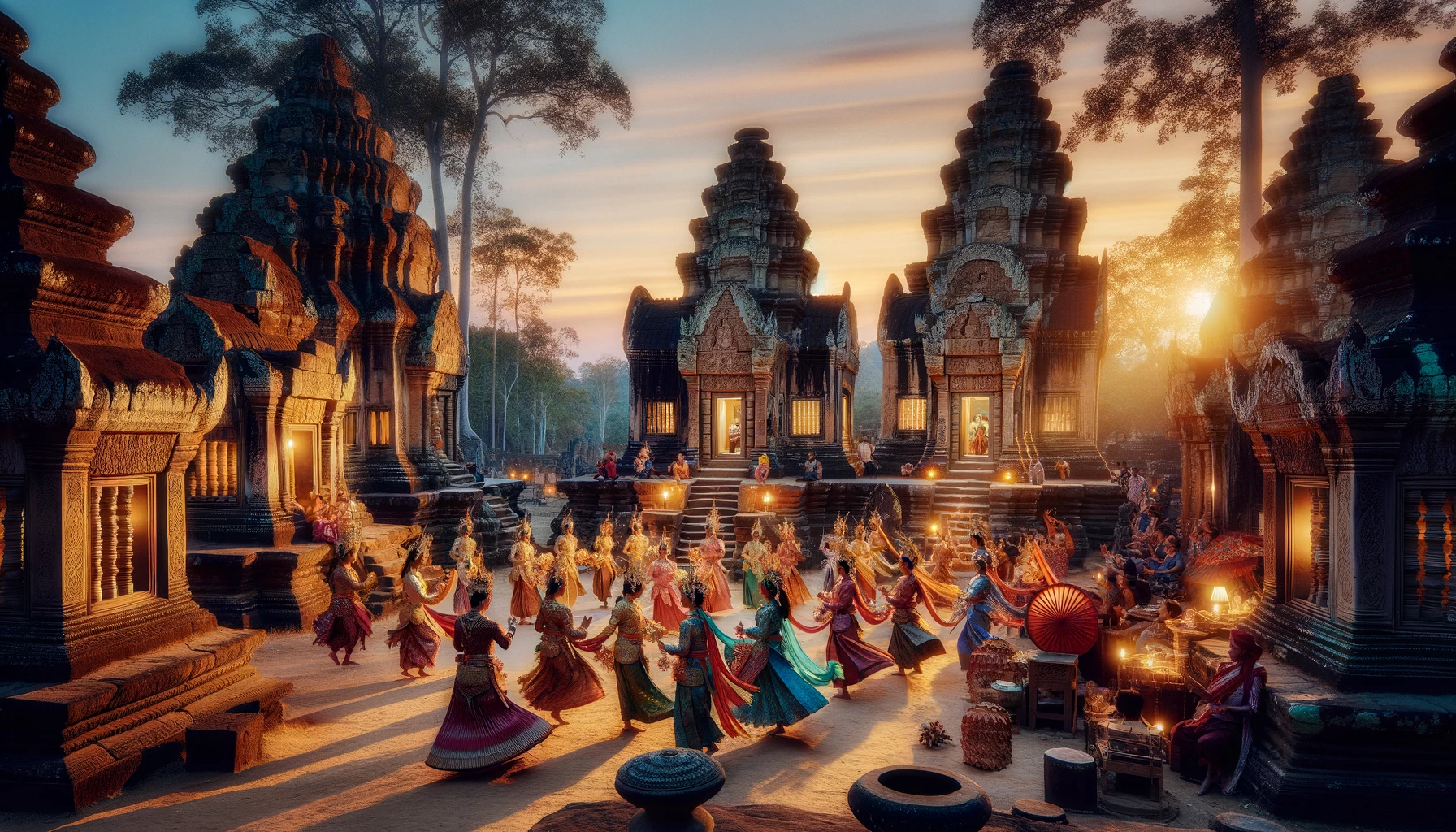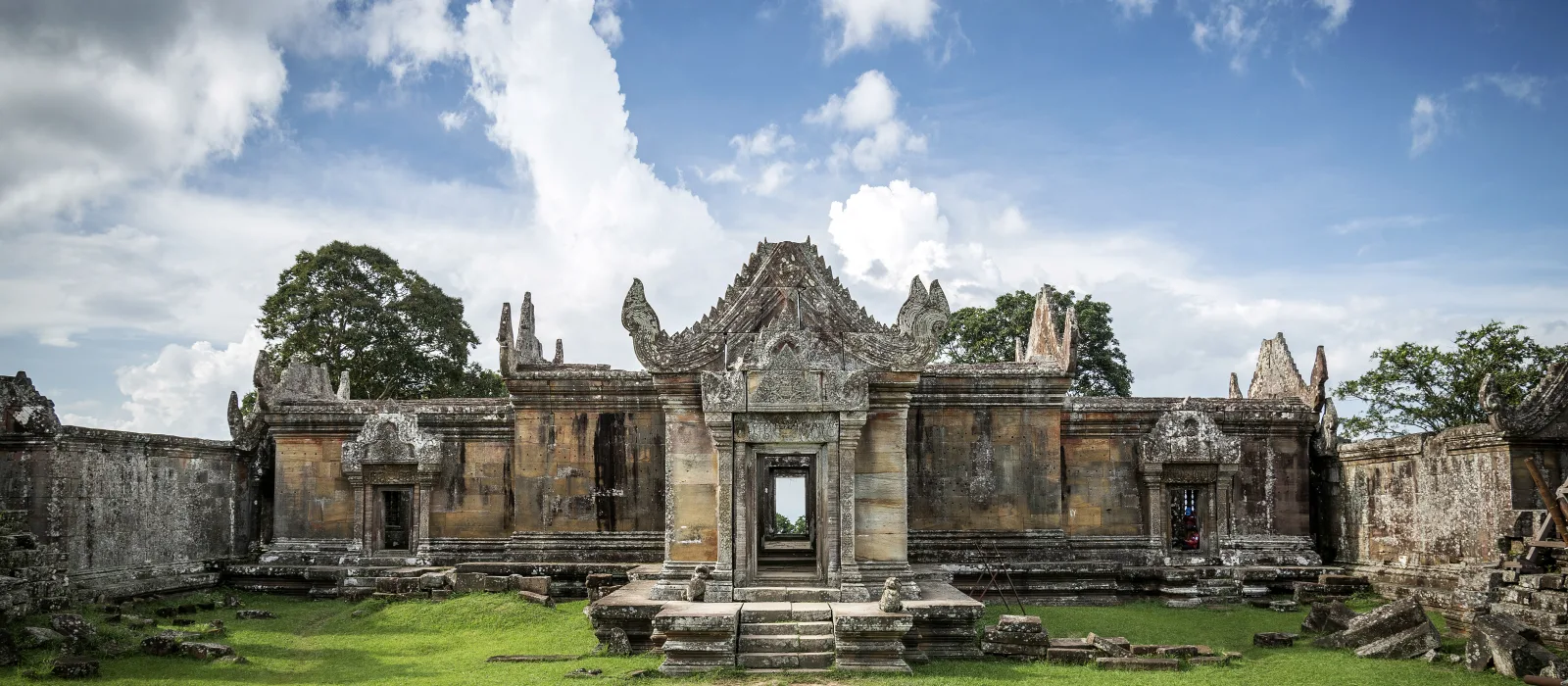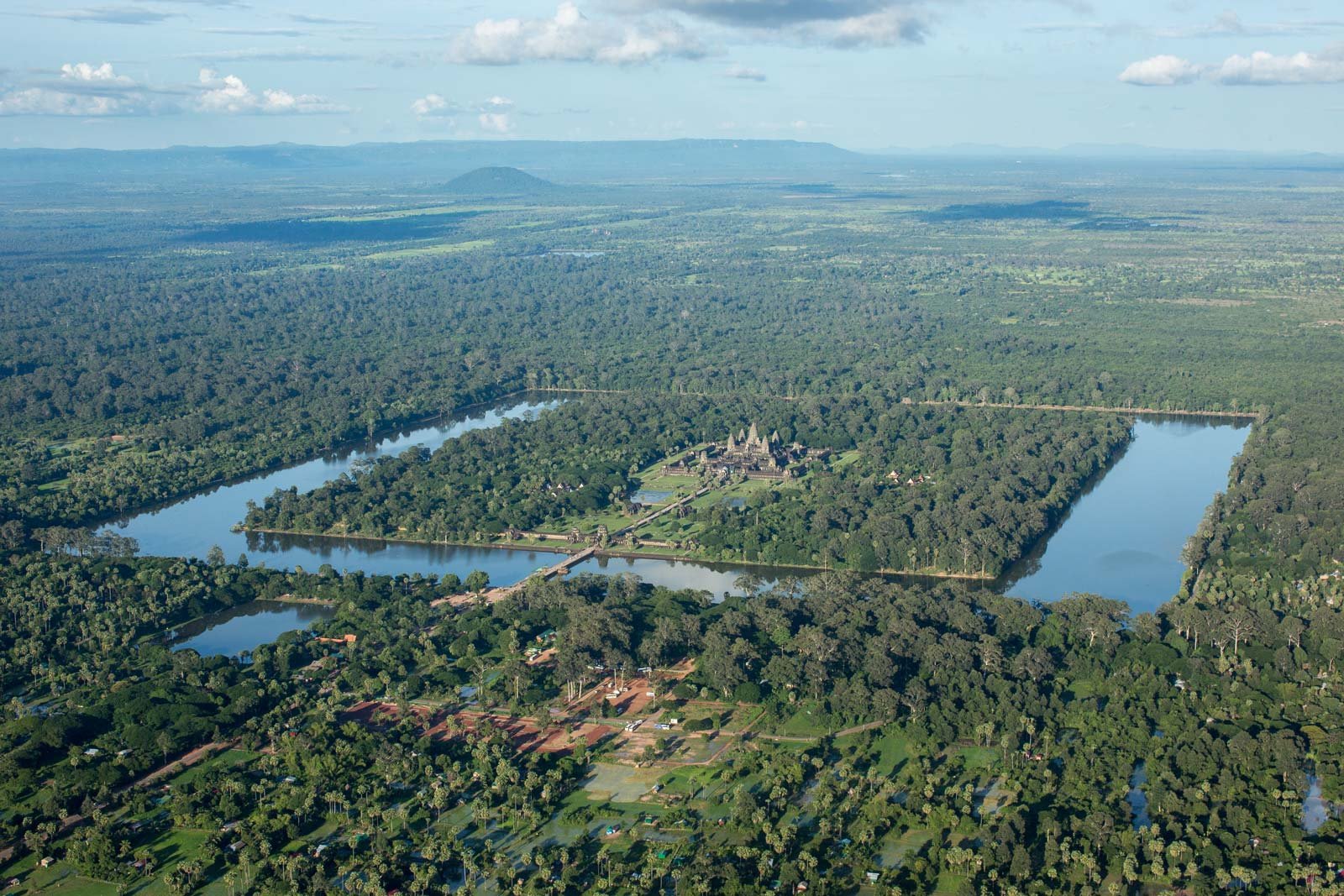Yashodharapura, the magnificent ancient capital of the Khmer Empire, stands as a testament to Cambodia’s rich cultural heritage and architectural genius. Founded by King Yashovarman I in the late 9th century, this historic city, also known as Angkor, has captivated historians, architects, and travelers alike with its grandeur and spiritual significance.
At the heart of Yashodharapura was the temple of Phnom Bakheng, a site chosen by Yashovarman for its sacred geography, believed to be one of the holiest places for worshipping Hindu deities. This profound reverence for the divine is evident in the city’s layout and the numerous temples that dot its landscape, each a marvel of ancient engineering and artistry.
The architectural styles found in Yashodharapura, such as Bakheng, Pre Rup, Banteay Srei, Khleang, Baphuon, Angkor Wat, Bayon, and post-Bayon, reflect a confluence of religious, cultural, and aesthetic influences that have shaped Khmer architecture. These styles showcase a sophisticated understanding of both form and function, harmoniously blending with the natural environment.
Yashodharapura’s urban complex, including the majestic East Baray or Yashodharatataka, illustrates the advanced hydro-engineering skills of the Khmer Empire, which played a crucial role in its sustenance and prosperity. The city’s ingenious water management system supported large-scale agriculture and ensured the well-being of its inhabitants, making it a bustling center of trade and culture.
Despite facing invasions and the test of time, Yashodharapura’s legacy endures. The city, especially the iconic Angkor Wat and the enigmatic faces of the Bayon temple, continues to enchant visitors from around the globe. These architectural masterpieces are not only symbols of Cambodia’s glorious past but also serve as sources of inspiration and spiritual solace for many.
Today, Yashodharapura, with its restored and preserved ruins, invites the world to explore its ancient wonders. As a UNESCO World Heritage site, it is a cherished public treasure, offering invaluable insights into the artistic and spiritual life of the Khmer Empire. The enduring beauty and resilience of Yashodharapura stand as a proud reminder of humanity’s capacity to create, celebrate, and preserve the richness of our shared cultural heritage.








